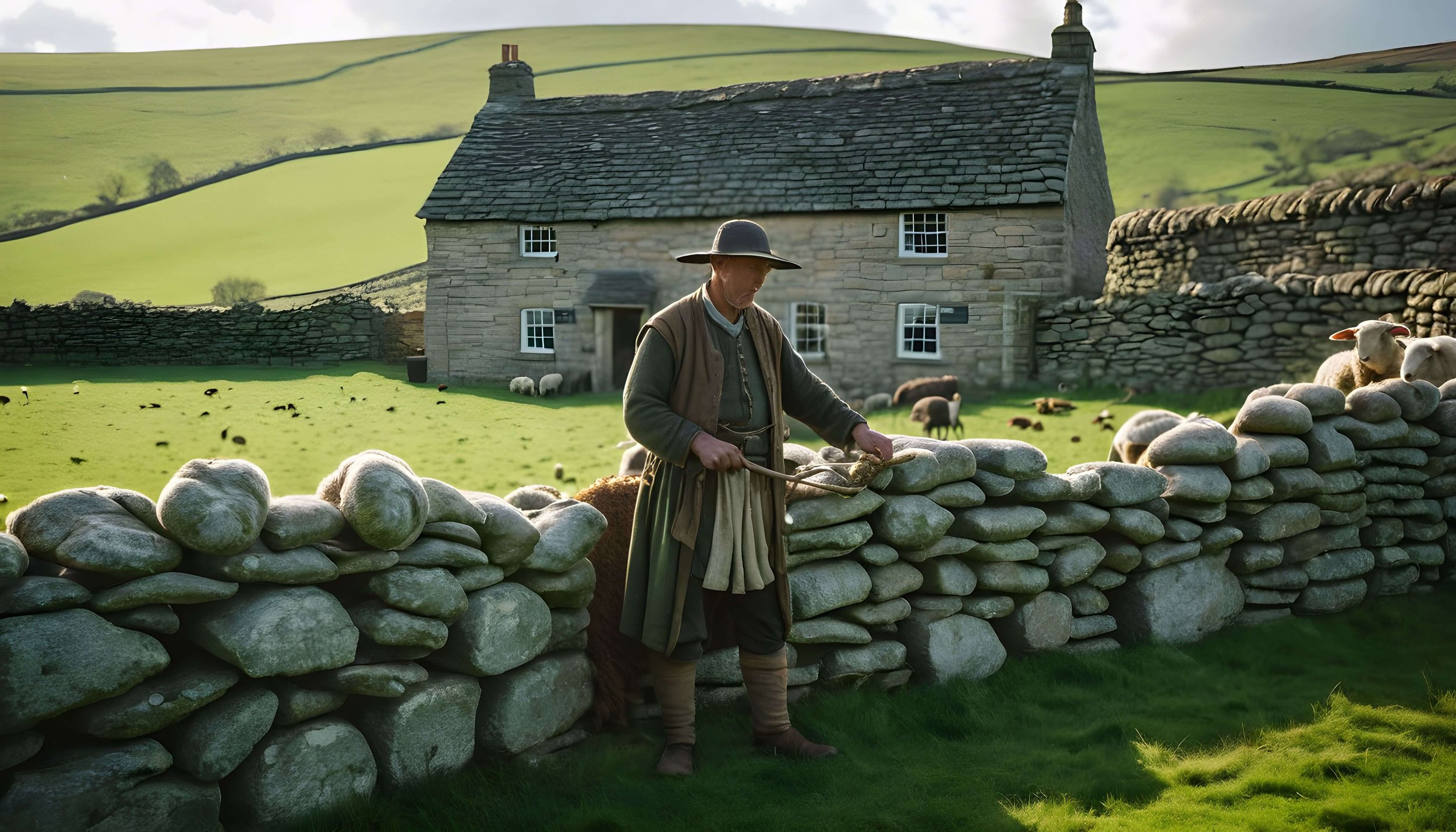How the Enclosure Movement Influenced the Production of Wool and Cloth in 18th Century England
Image Credit: PixaBay
Contribution by Paul Rushworth-Brown
In English history, the 18th century was a period of great change in agriculture, industry and society. A change that was related to these is the Enclosure Movement that transformed the agricultural production, the farming systems, and the wool and cloth production. This paper aims at assessing the effects of enclosure and how it affected the quality of wool and cloths which were an important part of England’s economy and society.
Enclosure was the process of dividing open fields and common land into small pieces of land which were fenced. Most of England’s farmland was managed cooperatively, where people had permission to cultivate or graze their animals in publicly owned fields. Landowners began to enclose land starting from the end of the 17th century and the process gained momentum in the 18th century. These changes, although raised the level of production, affected negatively the rural way of life and brought about other challenges to the wool production.
It enabled landowners to engage in better controlled and directed sheep farming. As a result of better pasture management, some areas such as the South could concentrate on improving the quality of sheep rearing for production of softer and finer wools. It was during this time that Southdown and Leicester Longwool sheep were improved and produced strong and homogeneous wool that was in high demand by textile manufacturers. Nonetheless, in Yorkshire, the quality of wool was poorer because enclosure promoted more production than the previous systems that produced softer and better quality wool.
Before the enclosure system, some small holders and cottagers raised sheep on the open range and contributed to the national wool supply. But when the land was enclosed, they were denied the right to graze their livestock, and hence, they were unable to produce good wool. This means that wool production became a preserve of bigger landlords, and in some cases, they gave priority to quantity over quality, especially in areas such as Yorkshire where production was high and the quality of wool was poorer.
As a result of enclosure, it was possible to establish bigger and more effectively run flocks. Since the grazing area was well defined, sheep were better fed, and in some areas healthier, and therefore produced better quality wool. But in Yorkshire, with the extensive enclosure, the sheep had limited choice of diet and were over density stocked, which led to poor quality wool that was not well suited for high quality fabrics.
With higher quality wool produced in certain areas, English cloth makers were in a position to create higher quality textiles. This led to an increase in the manufacture of higher grade products like worsted wool which is less hairy and stronger. However, in Yorkshire, due to enclosure, the quality of wool was poor and therefore the textile industry produced coarser fabrics which had low appeal to the high end market.
As a result of enclosure, more people turned to agriculture as a business, thus leading to the movement of labor force to the cities and setting up of textile mills. This shift was very essential in the Industrial Revolution when spinning and weaving industries required high standard wool for better production and quality. Nevertheless, in Yorkshire, the deterioration in wool quality was problematic for weavers and manufacturers who had to work with lower quality fibers.
Paul Rushworth-Brown is an author of great historical fiction novels Red Winter Journey, Dream of Courage and Skulduggery and the host of History Bards Podcast and Down Under Interviews

